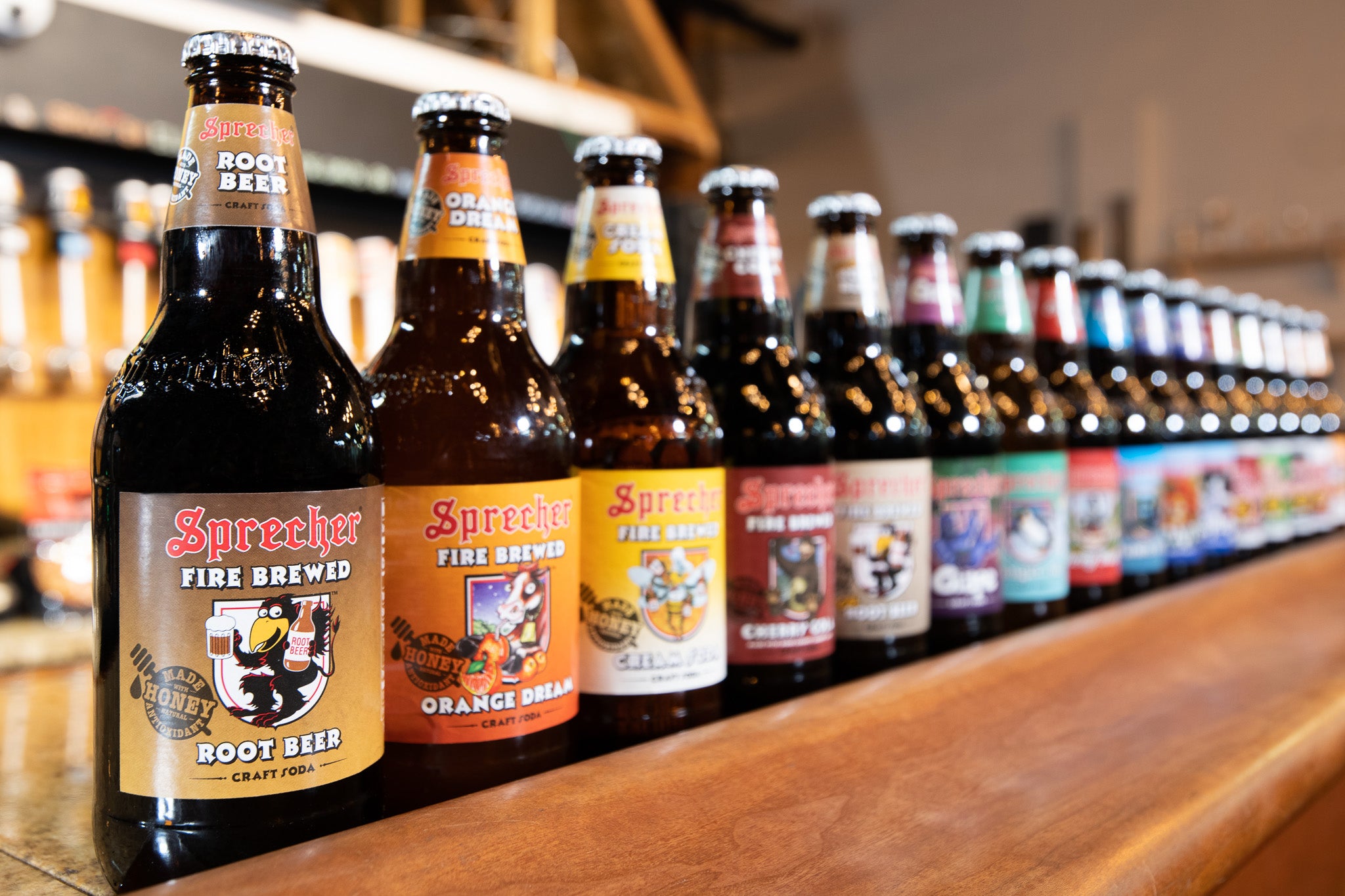Galveston Liquor: Your Guide to the Finest Spirits and More
Wiki Article
The Ultimate Distillery Experience: From Grain to Glass, Whatever You Required to Know
Getting started on a journey with the ins and outs of the distillery procedure unveils a world where scientific research fulfills virtuosity in the creation of spirits. From the cautious option of grains to the meticulous crafting of each bottle, every step in the manufacturing line plays an essential function in shaping the last item that beautifies our glasses.The Art of Grain Option
Selecting the optimal grains is an important action in the purification process, identifying the flavor profile and high quality of the final product. The kind of grain picked significantly influences the character of the spirit being produced - Breweries in Galveston Texas. Common grains used in distillation include barley, wheat, corn, and rye, each conveying distinctive tastes and attributes to the end product
Beyond taste factors to consider, the top quality and pureness of the grains are paramount. Distillers meticulously source grains to ensure they are without pollutants and possess the required starch web content for fermentation. By understanding the art of grain choice, distillers lay the structure for creating extraordinary spirits that mesmerize the taste buds.
Distillation Process Demystified
Having established the structure with meticulous grain choice, the purification process emerges as the transformative phase where the significance of the selected grains is opened and fine-tuned into a perky form. The process does not finish there; numerous purification runs or added steps such as maturing in barrels may even more improve the spirit, boosting its taste, personality, and intricacy. Comprehending the details of the distillation procedure is crucial for producing premium spirits that mesmerize fanatics and aficionados alike.Barrel Aging and Flavor Development
During the barrel aging process, spirits undergo a transformative trip as they engage with the timber, taking in nuanced flavors and creating an abundant complexity. As spirits age in the barrels, they extract compounds such as vanillin, lignin, and tannins from the timber, adding to the development of aromas like vanilla, sugar, flavor, and even tips of toasted oak.In addition, the aging procedure allows for oxidation to take place, bring about additional chain reaction that smooth the spirit and complete any harsh sides. The porous nature of timber likewise enables the spirit to take a breath, promoting the combination of flavors with time. Depending upon the duration of aging and ecological conditions like temperature level and humidity, spirits can get various characteristics, from refined wood notes to deep, intricate tastes that make each set distinct. Ultimately, barrel aging plays an essential role in forming the distinct preference profile of each spirit, supplying a sensorial journey for aficionados to enjoy.
Craftsmanship in Bottling and Identifying
As spirits reach their optimum taste profiles via barrel aging, the meticulous craftsmanship in bottling and classifying ends up being the following crucial action in offering a costs product to consumers. The process of bottling and classifying is a critical aspect of the overall distillery experience, as it is the final touchpoint before the item gets to the hands of customers (Breweries in Galveston Texas). Craftsmanship in bottling includes making sure that each container is loaded precisely with the spirit, thinking about elements such as uniformity in fill levels and the avoidance of any pollutants entering the bottle
Tasting and Appreciating Fine Spirits
To fully Distillery in Galveston value fine spirits, one have to engage all the detects in a mindful and deliberate sampling experience. When sampling fine spirits, it is important to begin by observing the spirit's appearance. Swish the spirit in your mouth to completely experience its texture and taste.Verdict
Finally, the distillery experience encompasses the complex art of grain option, the precise purification process, the transformative barrel aging, the thorough craftsmanship in classifying and bottling, and the sophisticated method of sampling and appreciating fine spirits. Each action in the manufacturing process plays a vital role in producing high-grade spirits that captivate the senses and joy connoisseurs worldwide.The kind of grain picked considerably influences the personality of the spirit being generated. By mastering the art of grain selection, distillers lay the foundation for producing remarkable spirits that mesmerize the taste.

Report this wiki page